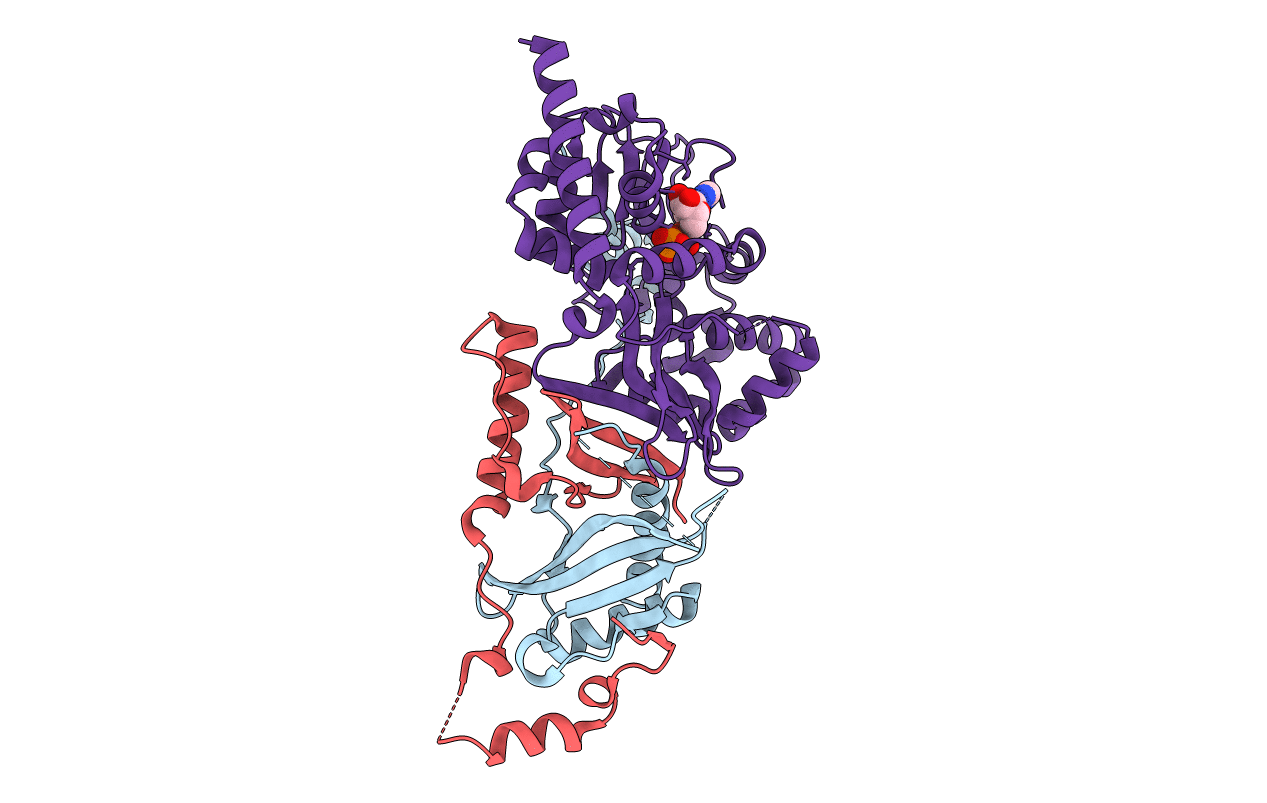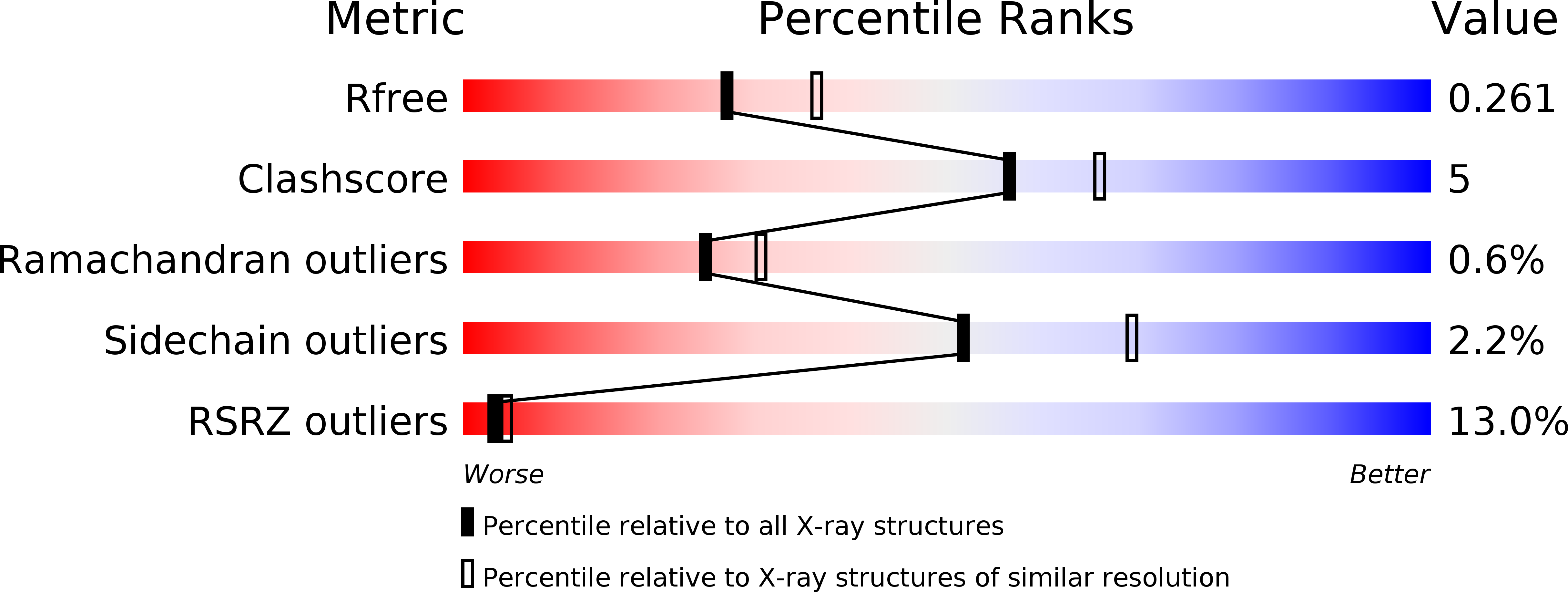
Deposition Date
2011-07-26
Release Date
2011-11-09
Last Version Date
2024-02-28
Entry Detail
PDB ID:
3T4N
Keywords:
Title:
Structure of the regulatory fragment of Saccharomyces cerevisiae AMPK in complex with ADP
Biological Source:
Source Organism:
Saccharomyces cerevisiae (Taxon ID: 559292)
Host Organism:
Method Details:
Experimental Method:
Resolution:
2.30 Å
R-Value Free:
0.26
R-Value Work:
0.22
R-Value Observed:
0.22
Space Group:
C 2 2 21


